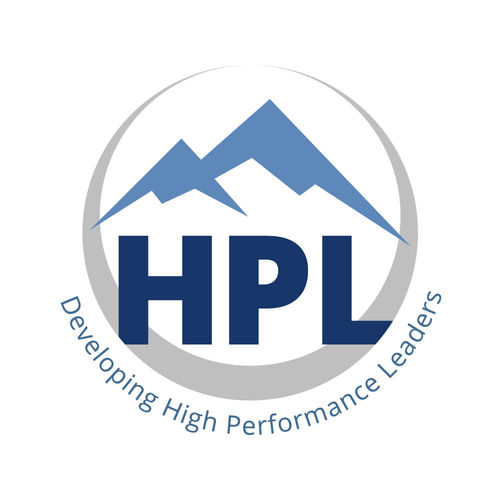
|
|
||
|
An essential skill for leaders is to learn to "see." Seeing beyond what most people see or at least seeing a different perspective of the same image. Teaching your eyes to see is a learned skill that, once mastered, opens your eyes to many new things.
Teaching your eyes to see - Learning to see
An example of teaching your eyes to see that I experienced while on an in-depth TPS training program in Japan several years ago involved learning to see 1/10th of a second kaizens. 1/10th of a second is very difficult to see and equates to the slightest of hand motions, movements, or on equipment, tiny adjustments. We had the task of reducing the cycle time within a production line by 30 seconds but doing so through 1/10th of a second kaizens. Being experienced operations guys and after observing the line for several cycles, it was apparent to us what was needed. With some changes to the layout, moving equipment closer together, adjusting the material flow, and other equipment modifications, the 30 seconds was a done deal. As part of the training, we had to prepare a scaled drawing detailing our kaizen ideas. Our Sensei would review the drawings, and if approved, the improvements would get implemented. We spent several hours drafting our kaizen ideas on day one and provided the completed drawings for review and approval. The Sensei looked at the proposals and very clearly expressed his disapproval! We received a similar response several times over the following couple of days. We were ready to throw in the towel, but then suddenly, like a light switch, we could see these subtle movements of waste and 1/10th of a second kaizens.
Although I don't necessarily advocate this teaching method, it emphasizes that leadership development needs to include learning to see what is or what is not happening. It is important to see those subtle forms of waste, abnormalities, opportunities, and, I suggest, clues that then beg questions. Good questions!
For example, one time, while on a Gemba, we came across a box of rubber gloves attached to a column of the building. Above the box was a handwritten sign that said
"Gloves are for hazardous material spills only."
This situation was crazy on so many levels! We didn't just see a poorly made sign and a duct-taped glove box. We 'saw' many questions and concerns, such as:
STOP!!! TIME OUT!
This example is pretty astounding and scary and may seem hard to believe, but yet it is true. It is even more disturbing that many leaders walked right past this sign during the Gemba and didn't even notice it. Even more frightful, the building leadership had walked past it many times and didn't really "see" it!
So how do you learn to see? Practice.
Go to the floor with a specific purpose to learn to see. For example, go with a focus on seeing one specific thing. Such as arm overreaching, bending, twisting, outdated signs or posters, trip hazards, pinch points, sign effectiveness and meaning, opportunities to cause product damage, unnecessary motion, a specific type of waste stream, sources of floor debris, etc., etc. The point is to dedicate an appropriate amount of time to see a particular focus. Look for that focus and only that focus. Ask yourself as many questions as possible on that specific item when you see it. See beyond the obvious. Look for deeper meaning, symptoms, evidence, and abnormalities. Repeat often with a new or different focus. With practice, you will soon see these things naturally and without effort. Once you learn to see, you won't be able to turn it off.
Nope, it's not rocket science. Seems too easy, right? Try it. You'll like it!
|
||
|
||
|
||
|
||
|

|
|
HPL Administrator 7 November 29, 2024 |

|
|
Sabrina Sommerville 1 August 15, 2024 |

|
|
Glenn Sommerville 45 June 6, 2024 |